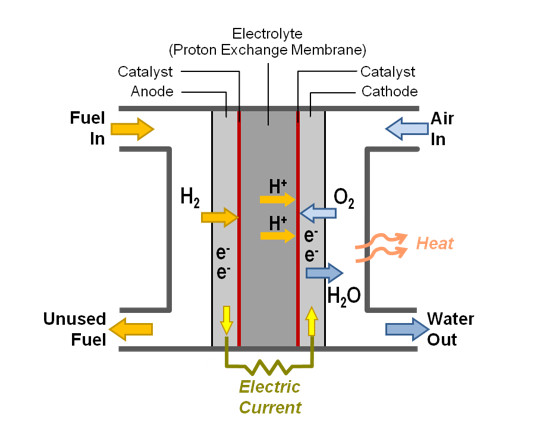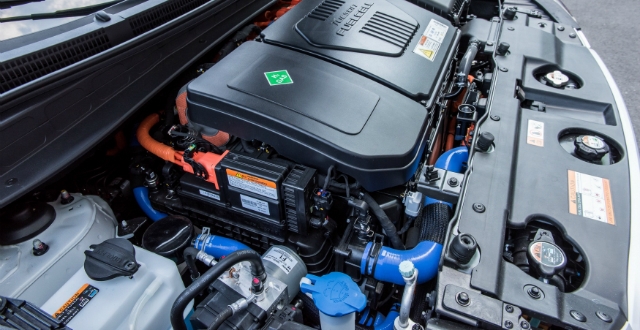Jim Anderton, Senior Content Specialist
It’s impossible to read anything about the auto industry these days without an eco angle. Today, it’s all about global warming, and thanks to Elon Musk, battery electric vehicles are widely assumed to be the future of automobiles. “ICE is dead,” they all say. But are batteries the only way to make cars and light trucks that don’t use fossil fuels? Toyota, Honda and Hyundai certainly don’t think so, and all three are offering hydrogen fuel cell cars in quantity on North American roads right now.
While hydrogen is a gaseous fuel that can be burned in an internal combustion engine (BMW built prototypes in 2005), it’s the potential to generate power to drive an electric motor that’s the future, according to the Asian heavyweights.
In concept, it’s simple: Use energy to split hydrogen away from hydrocarbons derived from petroleum (or organic sources like methane gas), or simply split water into hydrogen and oxygen and compress the H2 gas. There are several ways to make the hydrogen, but the bulk of industrial hydrogen made today is created using a steam reforming process, using natural gas and water as the reactants.

In the U.S. last year, nine million tons of hydrogen were made this way, but as a motor fuel, hydrogen has a couple of drawbacks. A major one is the use of natural gas as a reactant – which results in CO2 production as a byproduct, the exact compound that alternate energy is supposed to eliminate. Another is efficiency. Steam reforming is about 65-75 percent efficient, and it takes energy to drive the process.
That 25-35 percent loss, plus the extra CO2 produced, make conventional industrial “blue hydrogen” unlikely as a solution to CO2 emissions.
But there is another way: electrolysis. It is possible to use electricity to make the hydrogen from water directly – after all, it is H2O, and every oxygen atom can surrender two hydrogen atoms to the cause. Reverse the process in a fuel cell and you get most of that electricity back, to power an electric motor or charge a battery.

None of this is new. GM had a fuel cell-powered Handi-Van in 1966, and fuel cells powered American astronauts to the moon in the ’60s as well, so it’s a well-known technology. And with existing EV battery and motor technology, Hyundai, Toyota and Honda are confident enough to put these cars into the hands of the public, so safety and durability as an automotive power source is a non-issue as well.
What are issues are cost, hydrogen filling station infrastructure and ultimately, the green credibility of the whole process. Make the original electricity by burning coal, and the whole enterprise is pointless. But it works, and it is scalable. Will it win the war to replace petroleum? We’ll be keeping an eye on hydrogen fuel cell technology and look for in-depth coverage in a future issue.


New reformers combine the efficiency benefits of a gas heated reformer (GHR) with an autothermal reformer (ATR), producing hydrogen at just over 80% efficiency.
thechemicalengineer .com/features/clean-hydrogen-part-1-hydrogen-from-natural-gas-through-cost-effective-co2-capture/